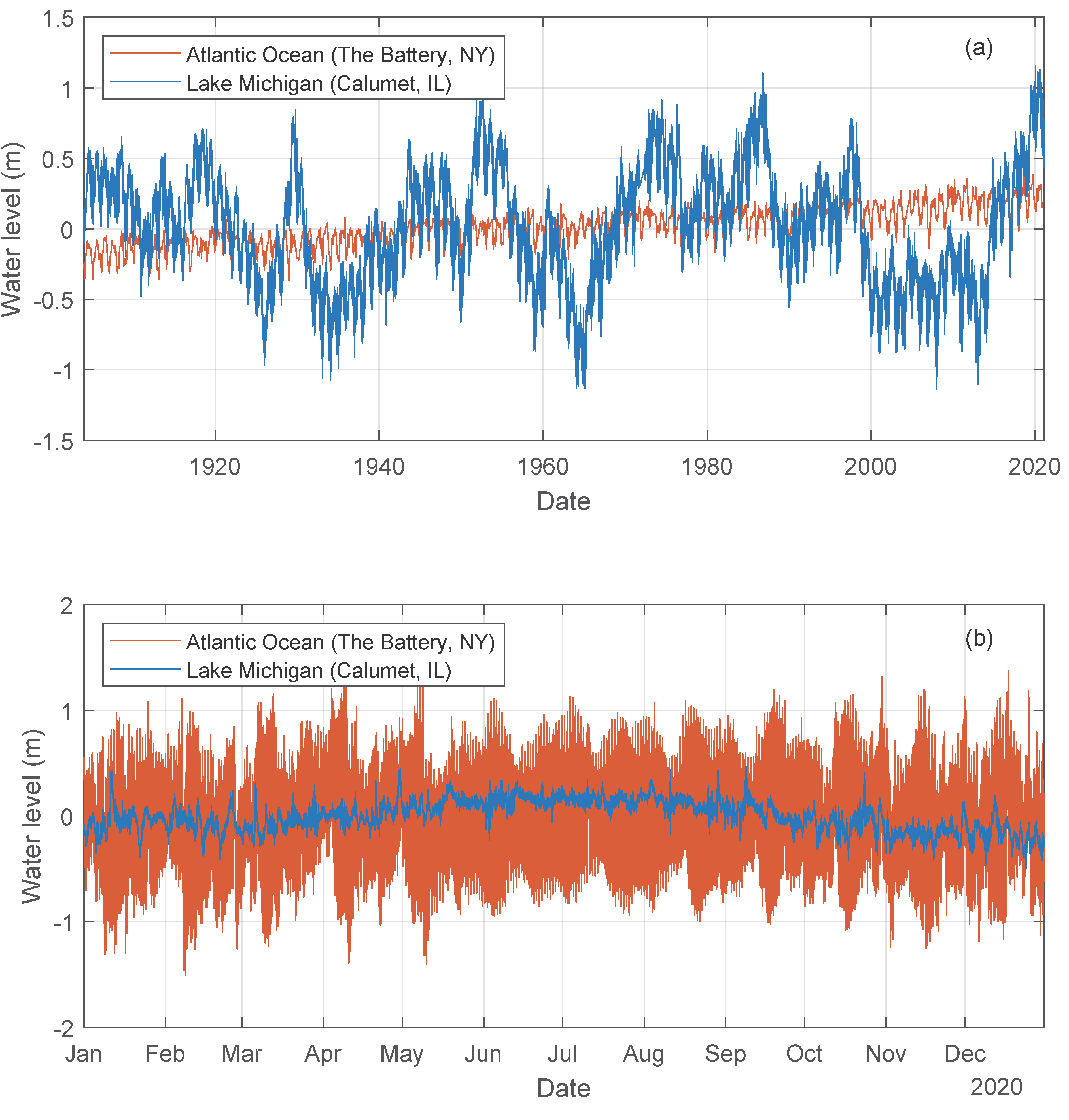The Great Lakes shoreline changes model (GLSM)
Started in 2021
This project introduces a novel modeling framework designed to capture shoreline change in regions experiencing large water level fluctuations, such as the Great Lakes. Central to the work is the concept of water level disequilibrium, which describes the geomorphic response of shorelines to nonlinear water leve change. Building on this concept, the Great Lakes Shoreline Model (GLSM) was developed to simulate and predict shoreline evolution under large water level change conditions similar to the one experienced by the Great Lakes (Abdelhady & Troy, 2023). The GLSM integrates waves and water level parameters to provide accurate, site-specific forecasts of shoreline change, with successful applications demonstrated along the Lake Michigan coast (Abdelhady & Troy, 2023).

The model was model was compared to the ShoreFor which is used for modeling ocean shoreline.


References
2023
- GLSMA reduced-complexity shoreline model for coastal areas with large water level fluctuationsCoastal Engineering, 2023
- CS23Modeling Lake Michigan shoreline changes in response to rapid water level fluctuationsIn Coastal Sediments 2023: The Proceedings of the Coastal Sediments 2023, 2023